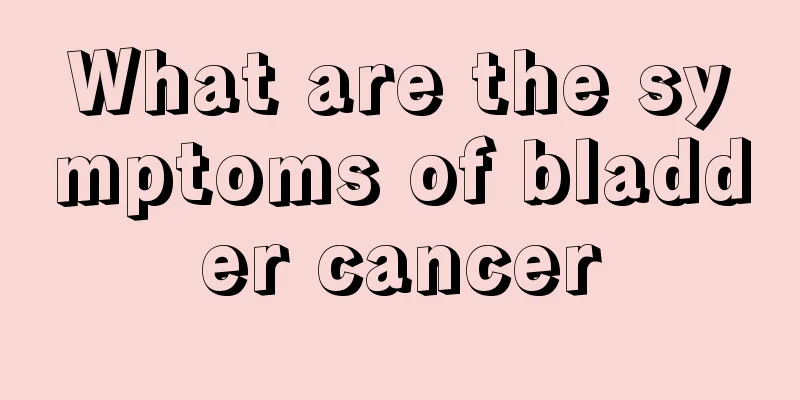There are four methods for the treatment of tuberculous pericarditis

|
What is the treatment for tuberculous pericarditis has always been the most concerned issue for patients with tuberculous pericarditis. In fact, there are four treatments for tuberculous pericarditis. The first is systemic anti-tuberculosis treatment, but it lasts for a very long time, with a total course of 1.5 to 2 years. 1. Systemic anti-tuberculosis treatment: If the tuberculin skin test is positive and the clinical signs are consistent with tuberculous pericarditis, antituberculosis treatment should be initiated. A combination of 4 to 6 first-line anti-tuberculosis drugs is used, with a total treatment course of 1.5 to 2 years. Symptomatic treatment (if necessary, if the patient has chest tightness and dyspnea, appropriate amount of fluid can be drawn, if there is edema in both lower limbs, diuretics can be given, and the 24-hour intake and output should be recorded, etc.). 2. Corticosteroid treatment The use of corticosteroids during anti-tuberculosis treatment can significantly improve clinical symptoms, reduce pericardial puncture, significantly reduce the incidence of constrictive pericarditis, reduce pericardiectomy and reduce mortality. Early and high-dose prednisone treatment of TBP can quickly improve the patient's symptoms and has a significant therapeutic effect. Usage: Prednisone 60-120 mg/d, reduce the dosage after 1 month, for a total of 11 weeks. 3. Pericardiocentesis and local drug treatment When effusion occurs quickly or in large amounts and cardiac tamponade occurs, drainage treatment is necessary. Currently, it is advocated to place a catheter for drainage. At the same time, local injection of anti-tuberculosis drugs, hormones, urokinase or streptokinase, heparin, hyaluronic acid, etc. into the pericardial cavity can effectively reduce the chances of exudation, pericardial thickening and fibrin deposition, and greatly reduce the occurrence of constrictive pericarditis. 4. Surgical treatment Recurrent pericardial effusion or the occurrence of cardiac tamponade and pericardial thickening, and persistent increase in systemic venous pressure after 4 to 6 weeks of anti-tuberculosis treatment are indications for surgical pericardectomy. Elective surgical treatment should be emphasized. Subacute constrictive pericarditis that does not improve after 4 to 6 weeks of treatment; chronic constrictive pericarditis that worsens or has calcified should be treated surgically. In recent years, the Department of Tuberculosis I has carried out thoracic cavity (pericardial cavity) injection of urokinase to treat loculated thoracic (pericardial) effusion and achieved good results. |
<<: It turns out there are three types of pericarditis diagnosis
>>: The treatment method for eyelid calculi is like this
Recommend
Who is most likely to develop liver cancer? 4 measures to prevent liver cancer
Liver cancer is highly malignant and progresses q...
Nursing methods for preauricular fistula drainage
Some patients are troubled by preauricular fistul...
What kind of underwear is good for small breasts
What kind of underwear is most suitable for peopl...
How to choose antibacterial drugs in the treatment of osteosarcoma
Osteosarcoma brings great pain to patients. Since...
Will eating peaches and drinking water give me diarrhea?
Peaches are a kind of fruit that many people like...
Quick relief for pharyngitis and insomnia
Sleeping is an indispensable part of daily life f...
Blisters appear after wound healing
In life, it is always inevitable that there will ...
What should nasopharyngeal cancer patients eat during the recovery period
We usually overeat as a bad eating habit. During ...
Salt lamp effects
Salt lamps can generally help relieve eye fatigue...
How to remove the fishy smell on your hands
Many people don’t know that adding salt and soap ...
Which is more harmful to health, liquor or beer
Whether it is liquor or beer, it will cause certa...
What to do if the back of the neck hurts
The soreness in the back of the neck is most like...
Dizziness and headache in summer
The symptoms of headache are unbearable for most ...
Pain in the 45th vertebra
The human spine is composed of multiple joints an...
What are the differences between renal cysts and renal hamartomas
Most renal cysts are simple renal cysts, which re...









